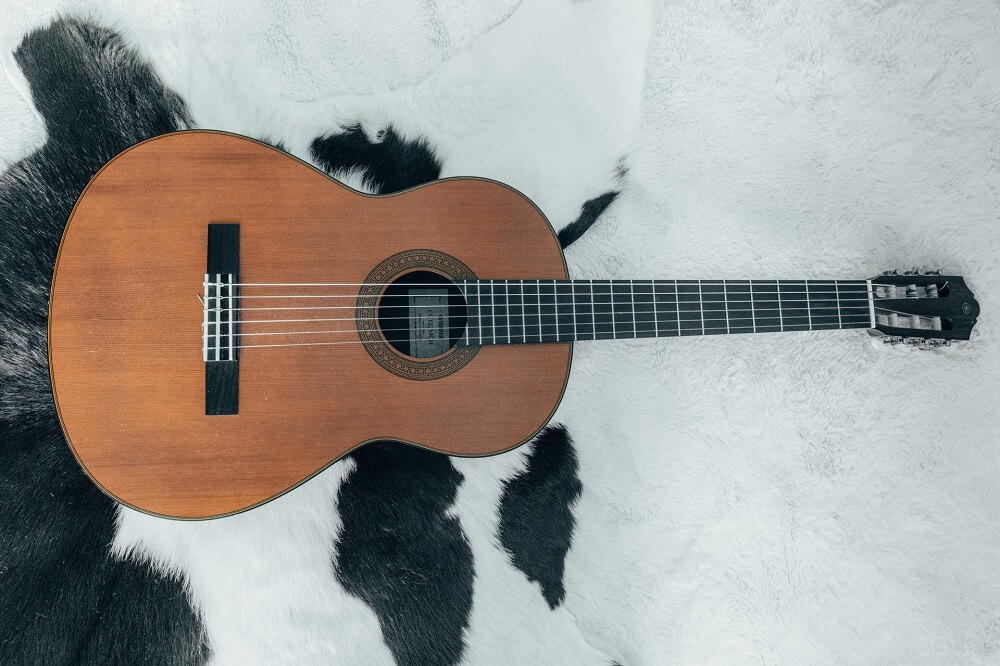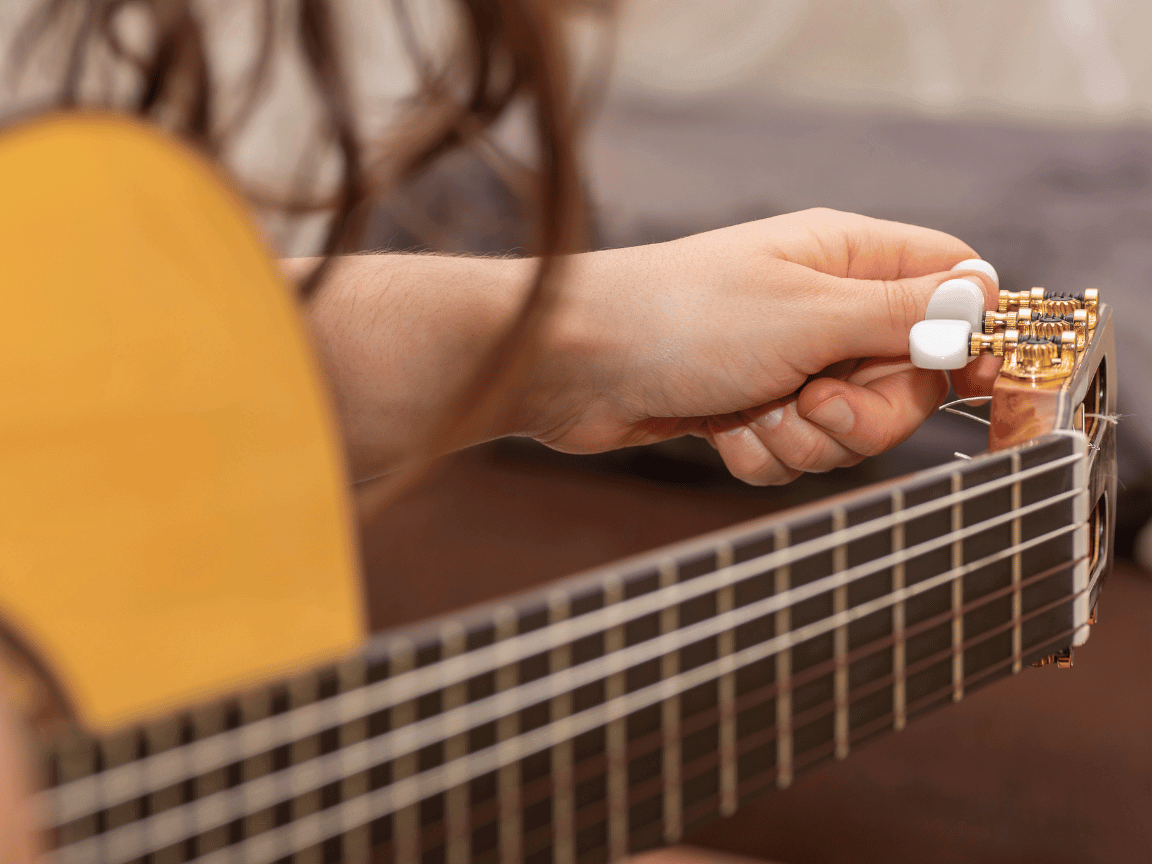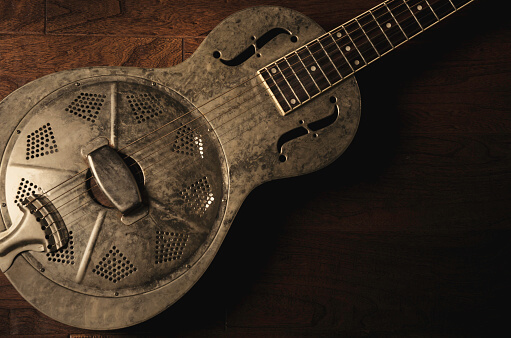What is a ghost note on a guitar?
You’ll hear this term a lot, but what does it really mean?
When most guitarists think of a ghost note, they think of it as simply a “weak” or “quiet” note that is played deliberately lightly or with less volume than the other notes around it.
While this is certainly one definition of a ghost note, it’s not the only one.
In fact, there are several different types of ghost notes that can be used to create unique sounds and textures in your playing.
In this blog post, we will discuss what ghost notes are and how you can start incorporating them into your own music!
Table of Contents
What exactly is a guitar ghost note?
A ghost note on guitar is a term used by musicians to describe a quiet and soft note.
This type of note is played in the background and is not meant to be the main focus of the song.
A lot of times, ghost notes are used to add texture and depth to music.
They can also be used to fill in empty space between notes or chords.
When played correctly, ghost notes can make a huge difference in the overall sound of a song.
How to play ghost notes on guitar?
There are a few different ways that you can play ghost notes on guitar.
The most common way is to simply play the note softly with your picking hand.
You can also use your fretting hand to lightly touch the string and then release it before you pick the string again.
This will create a softer sound as well.
Another way to create ghost notes is by using a tremolo effect.
This will make the note sound like it’s being repeated over and over again.
You can also create ghost notes by using a delay effect, this will make the note sound like it’s echoing in the background.
The delay effect can be created by using a pedal or by setting your amp to have a delay effect.
When using a delay pedal, you will want to set the pedal to have a short delay time.
This will make the note sound like it’s being played in the background and not in the forefront of the song.
What the difference between a ghost note and a dead note?
A dead note is a term used to describe when a string is played but it doesn’t create a sound.
This can happen for a few different reasons.
The most common reason is that the string is not being pressed down hard enough on the fretboard.
This can also happen if the string is muted by another part of your body or by your hand.
A ghost note is different than a dead note because ghost notes are actually played lightly on purpose.
They are meant to be soft and in the background, whereas dead notes are simply notes that don’t produce a sound.
How to use ghost notes in your playing?
Ghost notes are a great way to add depth and texture to your playing.
They can also be used to fill in empty space between notes or chords.
When using ghost notes, it’s important to make sure that they are soft and in the background.
Take a look at this video by Darryl Syms in which he shows how to use ghost notes to make our guitar playing more rhythmic:
You don’t want ghost notes to be the main focus of the song, if you play them too hard, they will stick out and sound bad.
Experiment with different ways of playing ghost notes and find what sounds best for you and your style of playing.
How do you fix dead notes on a guitar?
There are a few different ways that you can fix dead notes on a guitar, the most common way is to simply press the string down harder on the fretboard.
You can also try muting the string with your hand or another part of your body, if you’re still having trouble, you can try adjusting the action of your guitar.
This is the distance between the strings and the fretboard.
If the action is too high, it can be difficult to press the strings down hard enough on the fretboard.
If the action is too low, the strings will buzz and create a lot of noise.
You should also ask your guitar teacher or a professional guitar technician for help.
They will be able to help you find the root of the problem and fix it.
How to play ghost notes on acoustic guitar?
Playing a ghost note on an acoustic guitar is no different than playing one on an electric guitar, so everything we’ve said so far still applies.
The main difference is that you’ll want to use a lighter touch when playing ghost notes on an acoustic guitar.
This is because the acoustic guitar has a softer sound and you don’t want the ghost note to stick out too much.
You should also be aware of the different types of acoustic guitars and how they will affect the sound of the ghost note.
For example, a steel string acoustic guitar will have a brighter sound than a nylon string acoustic guitar.
This means that the ghost note will be more pronounced on a steel string acoustic guitar.

More than 10 years of experience playing and writing about guitars! When not writing, I can be found strumming away some Johnny Cash tunes. Favorite all time guitar is the Gibson Les Paul. #TeamGibson




